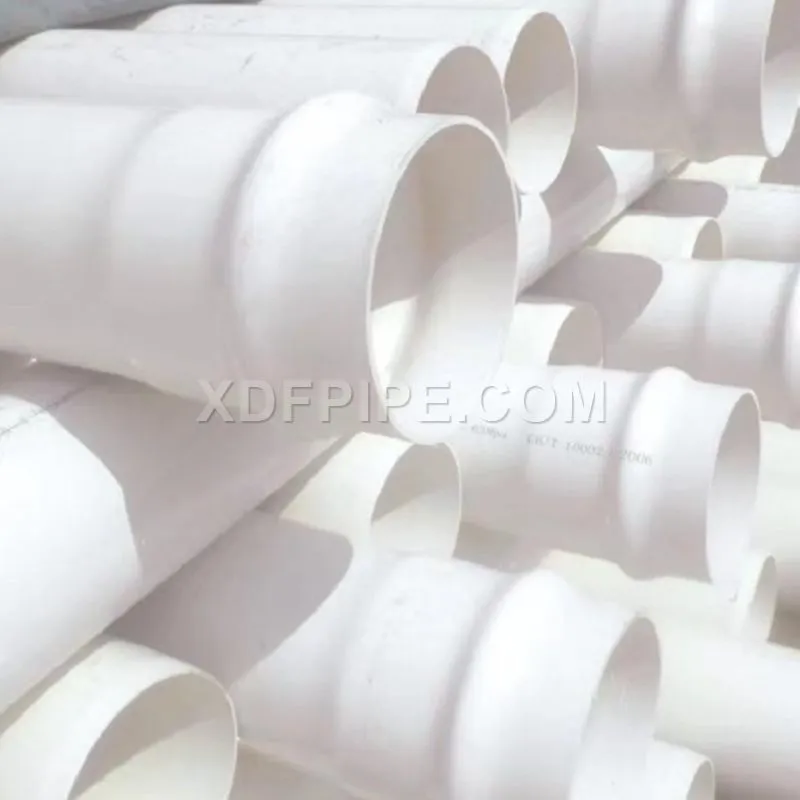Common Issues with PVC Water Supply Pipes and Treatment Methods
In the realm of water supply systems, PVC pipes have become a popular choice due to their durability and cost-effectiveness. However, like any other material, they are not immune to issues. In this guide, we will address common problems associated with PVC water supply pipes and provide effective troubleshooting solutions.

Identifying Common Issues
1. Leakage Woes
One of the most prevalent issues with PVC pipes is leakage. These leaks can occur for various reasons, such as poor installation, external damage, or even material fatigue over time. To identify the source of the leak, inspect the pipe thoroughly, paying attention to joints and connections. Once located, addressing the issue promptly is crucial to prevent further damage.
2. Clogging Concerns
PVC pipes may face challenges related to clogging, affecting water flow and overall system efficiency. This can be attributed to mineral deposits, debris, or even tree roots infiltrating the pipe. Regular maintenance, including flushing the system and using appropriate filters, can significantly reduce the risk of clogs.
3. Temperature Troubles
Extreme temperatures can impact the integrity of PVC pipes. Freezing temperatures may lead to pipe cracks, while excessive heat can cause warping. Insulating pipes in colder climates and providing adequate shade in warmer regions are preventive measures to mitigate these temperature-related concerns.
Troubleshooting Solutions
1. Leak Resolution
For leak repairs, start by turning off the water supply accessories to the affected area. Clean the damaged section, ensuring it is dry. Utilize PVC adhesive to seal small cracks, while larger leaks may require pipe replacement. Properly secure joints and connections during installation to prevent future leaks.
2. Combatting Clogs
Preventing clogs involves proactive measures. Regularly flush the system with a mixture of vinegar and water to dissolve mineral deposits. Install filters at key points to capture debris before it reaches critical areas. In cases of severe clogs, augers or professional plumbing services may be necessary.
3. Temperature Management
Protecting PVC pipes from temperature extremes is paramount. Insulate pipes in cold climates using pipe sleeves or heat tape. In warmer regions, consider burying pipes underground or providing shade to prevent warping. Monitoring weather forecasts can also aid in timely precautions.
Conclusion
In conclusion, understanding and addressing common issues with PVC water supply pipe is essential for maintaining a reliable and efficient plumbing system. Whether dealing with leaks, clogs, or temperature-related concerns, a proactive approach to troubleshooting ensures the longevity of PVC pipes in any environment.
50
0
0


Comments
All Comments (0)